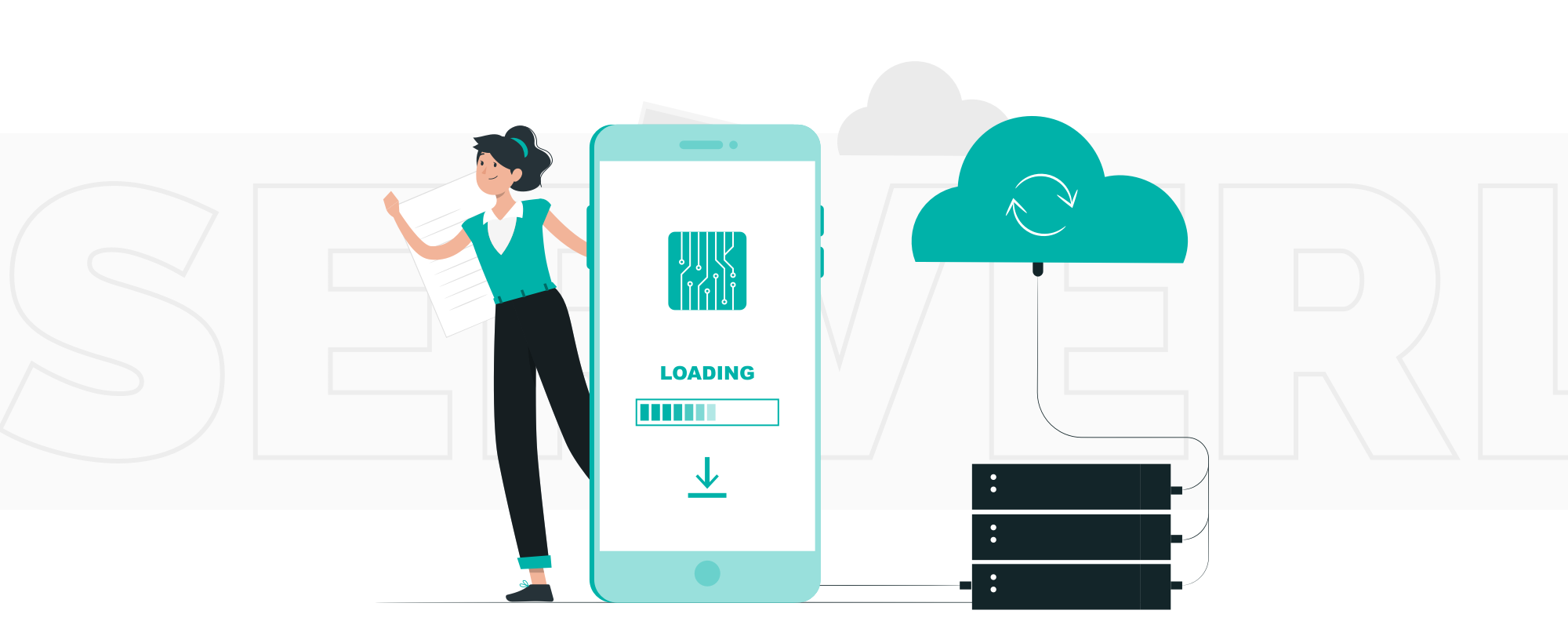How Serverless Architecture Can Impact the Future of AI and ML Industries

Co-Founder & CEO at TechMagic. Leading a full-stack development company that scales engineering teams and builds software products from scratch. Passionate about AI and innovations.

How to build serverless Machine Learning architecture: the importance of ML models and serverless computing for AI-driven platforms.
AI-driven platforms are the future of technological progress — they help us make decisions faster and smarter and revolutionise the business world, customer experience, and business intelligence. The complexity of building and managing machine learning systems impacts the developers’ productivity and efficiency. However, serverless architecture might solve some difficulties and help make machine learning models more effective and resource management more compelling.
Serverless does not mean there are no servers involved. It simply means that you hand over the infrastructure maintenance, scalability adjustment, and capacity planning to a third party, enabling developers to spend their time and energy on training the AI model. Let’s look at the ML models and serverless computing more closely and talk about their goals, advantages, issues, and best practices.
The Goal of Serverless Architecture For AI and Machine Learning
Next to shifting the focus from infrastructure maintenance and monitoring to the application itself, serverless machine learning models achieve other goals.
First, the ML systems are here to solve complex problems; hence, they need to perform a wide variety of tasks like data processing and preprocessing, model training, and tuning. And APIs are supposed to enable a smooth execution, which is why they should be developed in Python — a top-level language. Second, serverless computing and AI need to administer steady data storage and message transfer that will occur without delays and complications. Finally, it needs to effectively operate on Lambda — a platform with limited resources.
The Advantages of Using Serverless Architecture in Machine Learning and AI
Going serverless opens up countless opportunities and provides tons of advantages that will make your machine learning model more efficient and your workflow smoother. Let’s take a look at the advantages of ML and serverless architectures:
Fair Pricing
Serverless architecture facilitates execution-based pricing, which means that you will be billed only for the actively running services. This approach makes the pricing model more flexible and drastically reduces the bill.
Independent Work
Artificial Intelligence computing enable independent teams to work autonomously without interference and delays. This is because each model is a separate function that can be invoked anytime without interrupting or disturbing the rest of the system. Consequently, developers can make changes independently, work on development, or execute the deployment.
Autoscaling
Autoscaling is one of the key features of a serverless system. It allows you to concentrate on important tasks while the system readjusts itself according to the scope automatically. Autoscaling eliminates the necessity of storage prediction and allows you to be flexible and make changes on the run.

Tips to Build a Serverless Machine Learning Model
Basically, there are two ways to go about performing machine learning tasks. However, we are going to concentrate on only one approach. The following chart demonstrates the approach of the fusion of serverless computing and AI, where you collect data, process and categorize it, design and train the model, and finally, deploy it.
Collect data
Gather as much information as you can and store it. Essentially, the more, the better, because it will enhance the ability of the machine learning system to make predictions. On top of that, make sure you collect the same amount of data for each class to avoid imbalances in your code.
Preprocess your data
This step revolves around two main aspects:
- Your data should be of good quality. You need to browse through it and eliminate irrelevant parts that could create interference in the future.
- Your data should not be too big. You need to adjust its size, so single instances will be capable of processing it.
Label your data
This a crucial yet time-consuming step: an estimated 25% of the entire machine learning project time will be spent on data labeling. The goal is to train the model on legitimate examples using labels and inputs. The labeled data means you have marked pieces of information to show the model what you want it to predict.
Deploy the model
This is the final step in the AI development process, where you make your system available for online and offline prediction. Look at your AI Platform Prediction, where all the versions of your models are stored. Then, create a model resource and a version of it. Finally, connect the model version to the models stored in the cloud.

AI & Ml Models on a Serverless Architecture Use Cases
AI is making many spheres of our lives easier by taking automation to a whole new level and improving the business environments. Here are some use cases where ML algorithms on serverless platforms make some tasks easier and data more precise.
Making customer suggestions
GPS-driven applications use customer data like location and consumer behavior to provide personalized suggestions on their next purchase. AI helps to work out the frequency of such notifications and compute the number of suggestions customers will tolerate and enjoy before turning them off. This will enhance user experience and assure you that the customers find your content helpful.
Risk assessment
AI models can help to evaluate whether a certain customer is financially ready to increase their buying potential. The system will assess their credit, account information, and other requirements to conclude whether the company should go ahead with the transaction or freeze it until the previous bills are covered.
If you don't know where and how to start with Serverless Architecture, read more about AWS serverless consulting.
Logistics
One of the crucial parts of logistics is monitoring the routes and establishing whether there are traffic overloads and how these affect customers. AI evaluates the routes and suggests the alternatives to help the business make better decisions and increase customer experience.
Personalised content
This is a new way of conducting market research and establishing customer behaviour. An AI model will record and analyse the choices your clients make and display the recommended content.
Interested to learn more about TechMagic?
Contact usOur experience
TechMagic is an established expert in Serverless Architecture, as well as a certified serverless computing partner. By applying services like AWS Lambda and API Gateway, we set up and maintain the entire infrastructure and let you focus on what’s important.
Having in-depth knowledge and expertise in AI and serverless architecture, we guarantee three main benefits:
- Scalability — autoscaling will take care of everything.
- Fair pricing — you pay only for the services you use and thus lower your costs.
- No DevOps — no constant infrastructure maintenance.
Interested to learn more about our AWS expertise?
Learn moreConclusion
With AWS serverless consulting, computing is a helpful tool to ease the excessively complicated AI development process. However, once you go serverless, you hand over the control of your infrastructure to a third-party and let them manage and monitor it. That is why it is important to trust your cloud provider, which makes TechMagic a great choice. Having handled many cases and projects, we possess enough experience in machine learning and serverless architectures to make your infrastructure run flawlessly. Contact us to discuss your serverless project idea.



 Software Development
Software Development
 Security Services
Security Services
 Cloud Services
Cloud Services
 Other Services
Other Services
















 TechMagic Academy
TechMagic Academy
 linkedin
linkedin
 facebook
facebook
 twitter
twitter






















